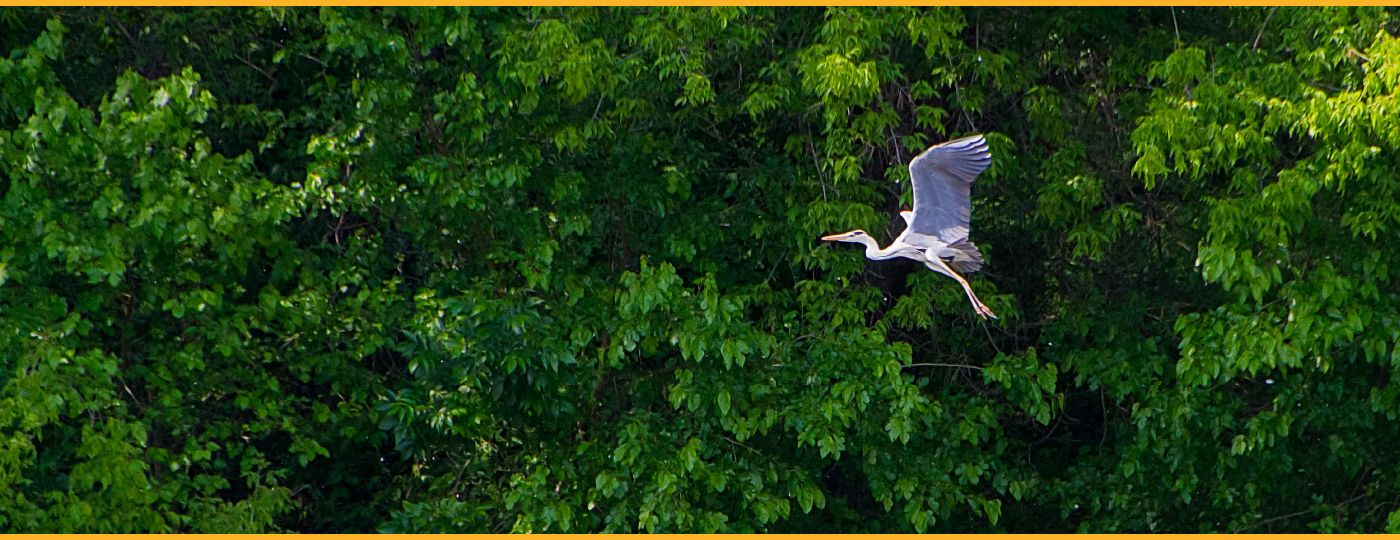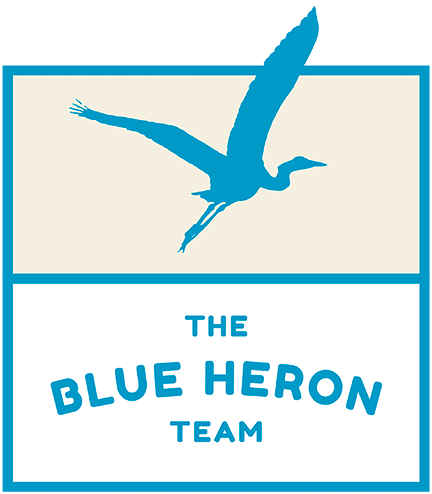
Frequently Asked Questions
Click on a question to jump to the answer.
- What is a Conservation Easement?
- What is a Baseline Document Report (BDR) and what is typically included in a BDR?
- How much is a Baseline Document Report?
- Why should I work with the Blue Heron Team for my Baseline Document Report?
- What does a typical project look like?
- How long is a typical engagement?
- What can I do as a client to help you understand my goals and priorities?
What is a Conservation Easement?
A conservation easement is a voluntary, legal agreement that permanently limits uses of the land in order to protect its conservation values. Conservation easements keep land in private ownership and can be an effective tool to protect land for future generations.
For more information, visit: https://texaslandtrustcouncil.org/what-we-do/conservation-easement-guidebook/.
What is a Baseline Document Report (BDR) and what is typically included in a BDR?
Baseline documentation provides an inventory of the physical, biological, and cultural condition of a property. The report is an organized collection of maps, photographs, biological surveys, structures and utilities information, cultural resource inventories, and existing easements sufficient to depict the condition of the resource asset and its attributes at the time of acquisition, or after rehabilitation.
Baseline documentation reports form the foundation of an effective land conservation program. By recording the condition of the land at the time of an easement signing and supporting the terms of the easement, documentation is critical in identifying conservation values as well as changes to the land over time, whether human or natural.
Baselines also serve as a great educational tool for successor owners of easement properties and are a critical component to defending your easement in court.
How much is a Baseline Document Report?
Our comprehensive fees for producing a BDR typically range from $3,500 - $12,000 based on acreage, complexity, timeframe, and travel.
Why should I work with the Blue Heron Team for my Baseline Document Report?
We can efficiently identify, record, and catalogue the attributes of land. Our two plus decades in land management and land conservation has taught us how to quickly seek out the resources important to conservation easements.
What does a typical project look like?
Our baseline documentation services begin with document research to identify the geographical setting of the property, such as the soils, its geology, and any water resources. This is followed by site visits to collect data and to document the current conditions.
We will define the plant communities, wildlife habitats, cultural resources, and built structures on the property. From this information, we will create and compile the descriptions, maps, spreadsheets, and photographs required for the report.
We will then work with the land trusts, landowners, and attorneys to align the formatting of our report to the other conservation easement documents.
How long is a typical engagement?
Our projects range from one month to six months or longer depending on the complexities and specific demands of the project.
What can I do as a client to help you understand my goals and priorities?
Talk openly with us about your goals and objectives. Provide historical data and land analytics.
What is your geographic range of coverage for BDRs?
Texas.
